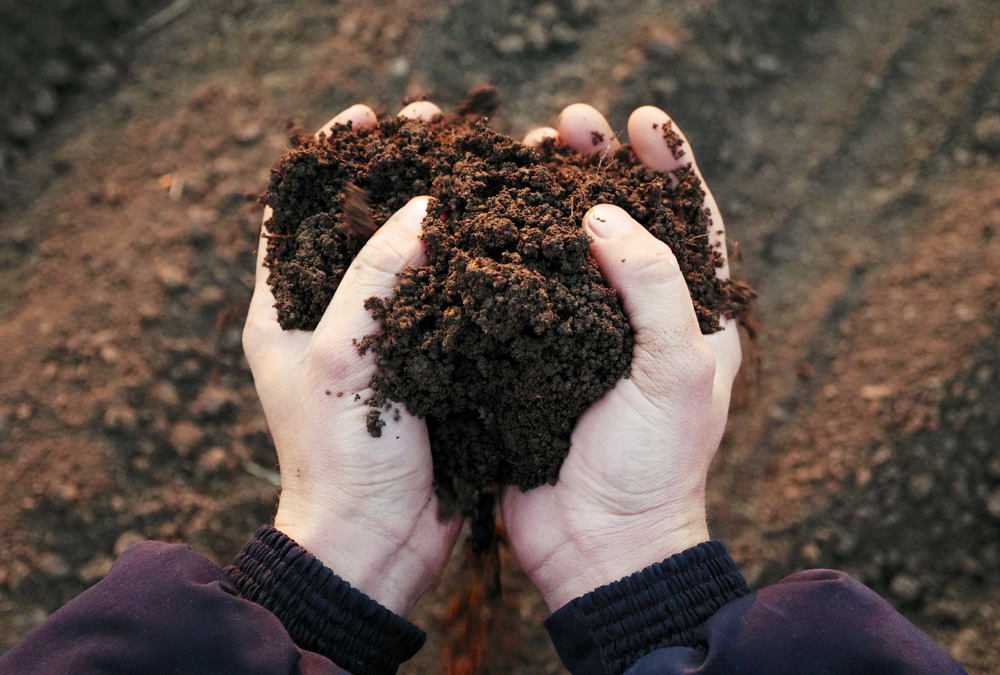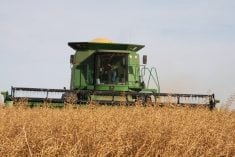Q: What critical issues will farmers face in 2022?
A: I’d like to start off by saying that 2021 was a memorable year. There were drought conditions recorded across Western Canada, supply challenges for many products and commodity prices never seen before. Now as we look forward to 2022, there will be other challenges that growers will have to face.
Three areas that producers will need to focus on are:
Read Also

Claas brings 1000 Series SP forage harvesters to Canada
In mid-August, Claas unveiled its new line of Jaguar forage harvesters at an event in Visalia, California, deep in the heart of that state’s dairy region.
- Determining the right fertility in each field because of the drought;
- Addressing soil herbicide residuals;
- Planning for potential input supply disruptions.
During the 2021 growing season, farmers experienced extremely dry conditions that led to less crop production and biomass. This was combined with potentially fewer nutrient losses to leaching and denitrification, and we will probably notice residual nitrogen and other nutrients at elevated levels in the soil. With this scenario, producers must accurately determine nutrient amounts in the soil and supplement as required.
Soil testing will be more important than ever this fall or next spring. Early samples I have seen are indicating increased residual nutrients. An accurate soil test to a 24-inch depth will provide the best indication of mobile nutrients like nitrogen (N) and sulphur (S). Shallow sampling of the zero- to six-inch depth will give an indication of the immobile nutrients like phosphorus (P) and potassium (K), and labs can use the shallow sample to estimate the total nitrate N. The results will help you work with your agronomist or retailer to choose the right fertilizer rates.
Residual soil herbicide concerns have also taken a “front seat” going into 2022. Soil active herbicides are broken down by two major mechanisms — microbial activity and chemical hydrolysis. Both mechanisms rely on temperature and moisture. When there is lack of moisture, we have herbicides that are not broken down. This is a serious concern and producers may have to adjust the crops they grow.
Manufacturers have been proactive and have released guidelines based on the amount of moisture in the growing season. Several companies have released rotational crop recommendations for their soil active products. Look for these announcements on company websites or in your farm publications. If further clarification is necessary, please contact the manufacturers or your crop supply retailer.
Finally, the last issue growers will encounter is potential supply disruptions. As we struggle with the continuing COVID-19 situation, supply chains and logistics are adversely affected. Companies are competing to secure limited commodities, containers, trucks, etc. It is difficult to influence this situation, but one thing we can do is plan early. Work with your local retailer to plan for the coming season. Let them know your requirements, so they can work with the supply chain to secure early commitments.















